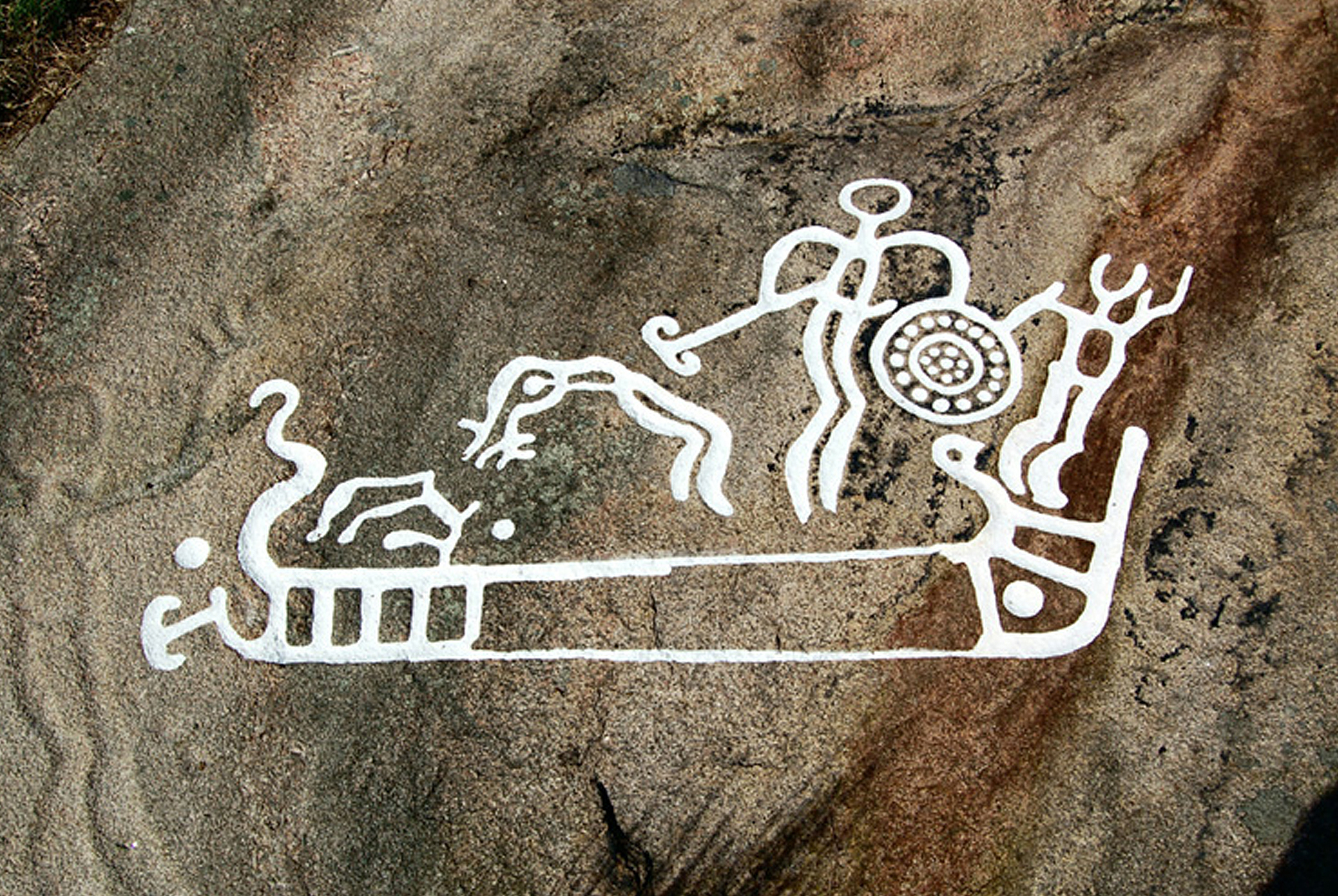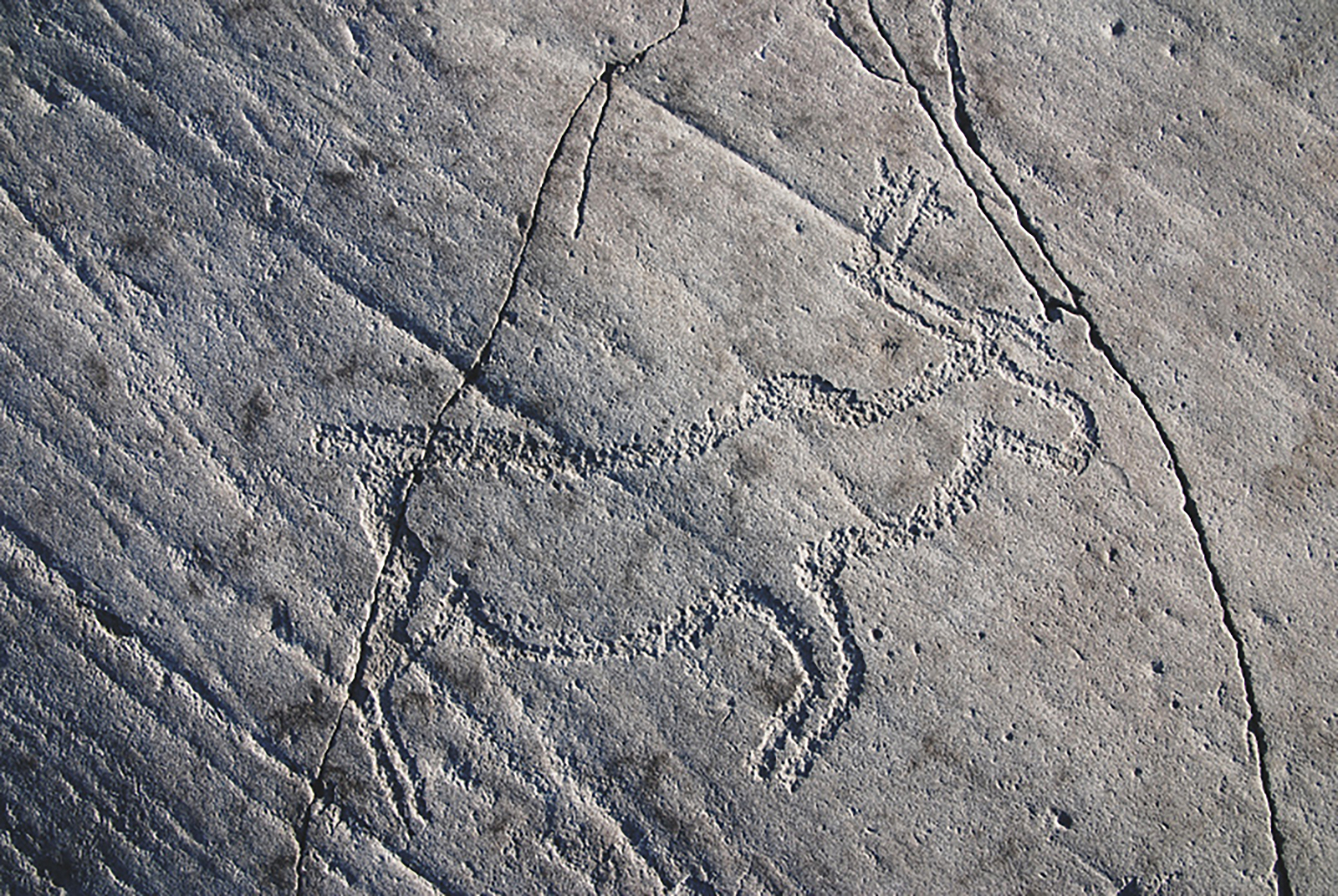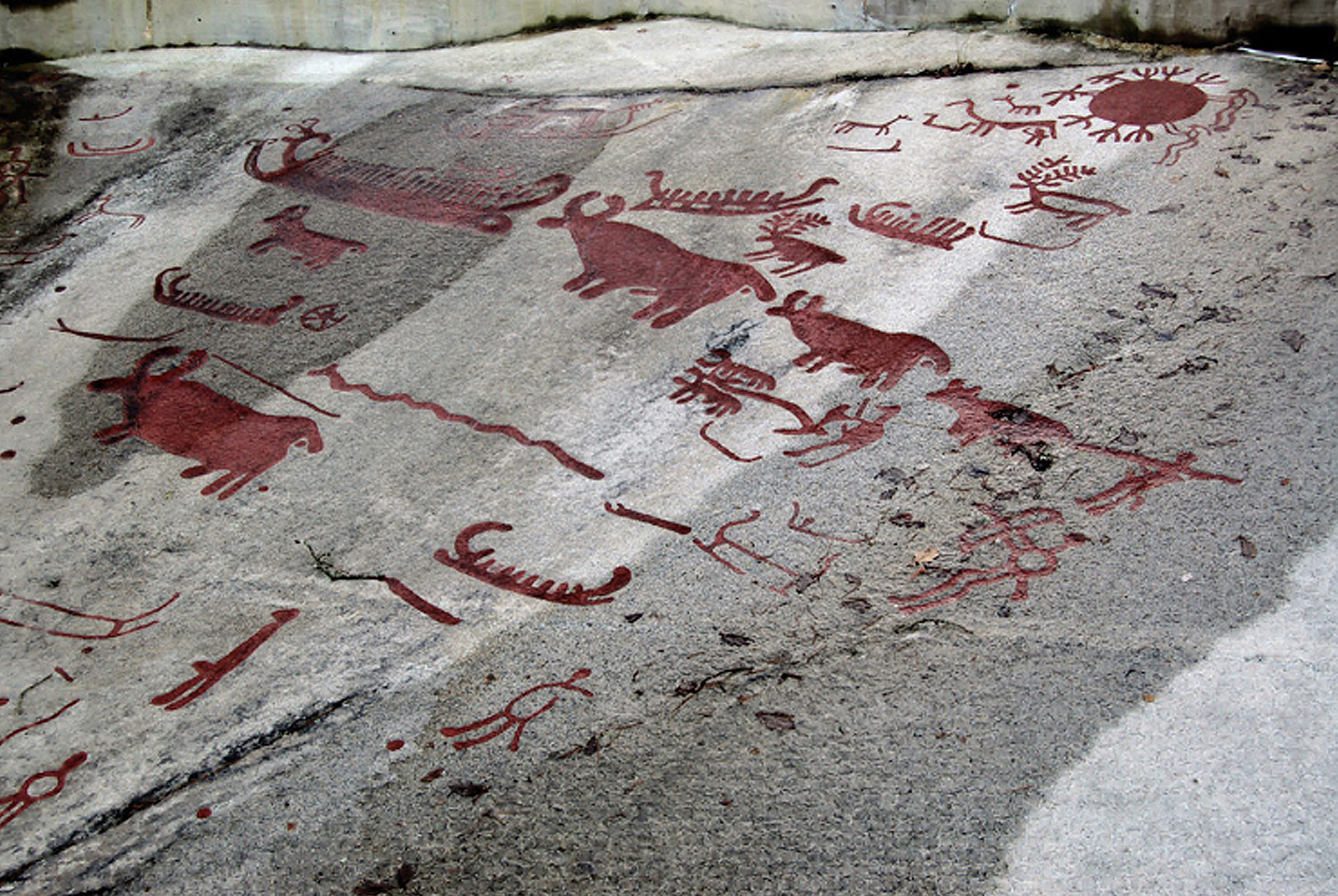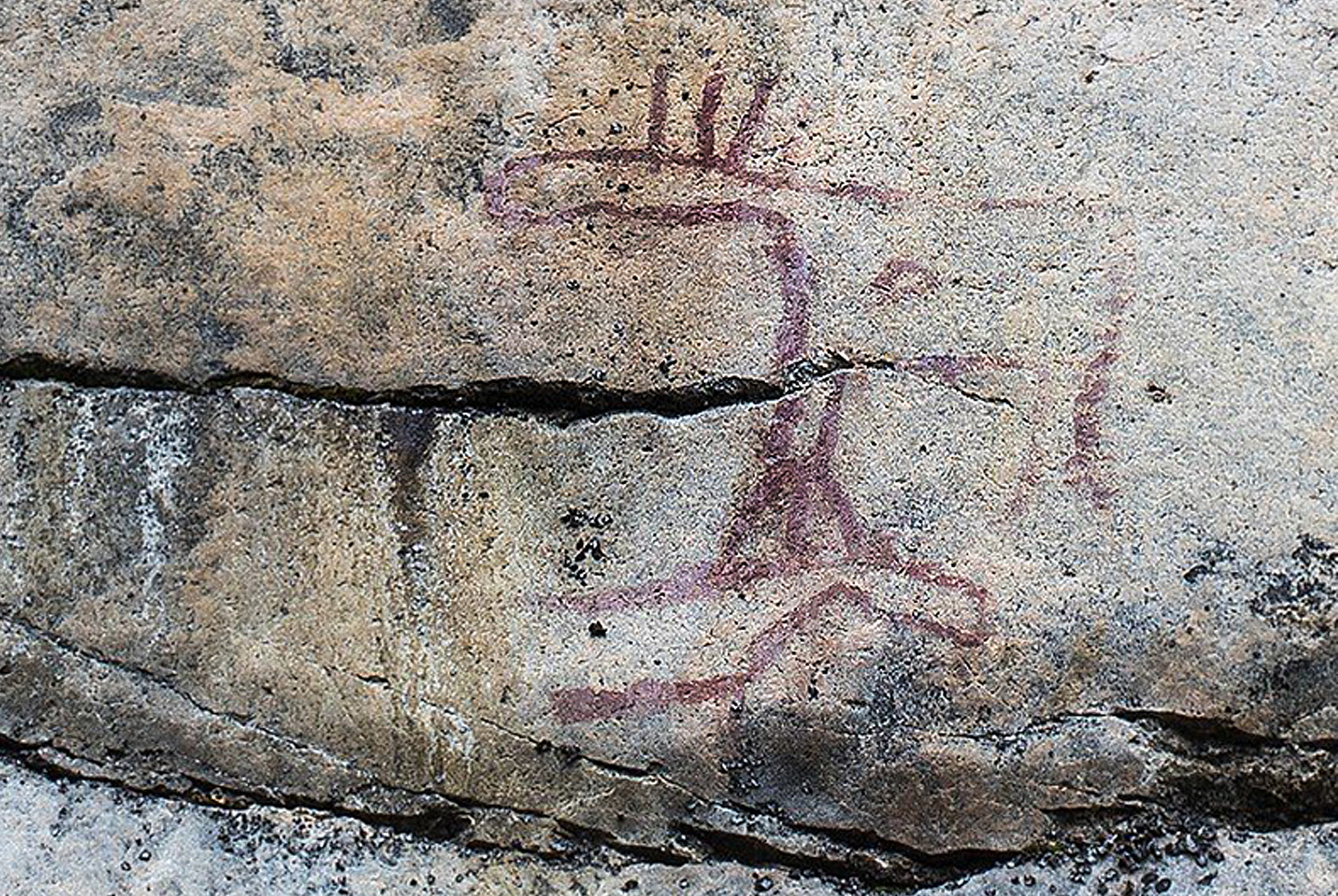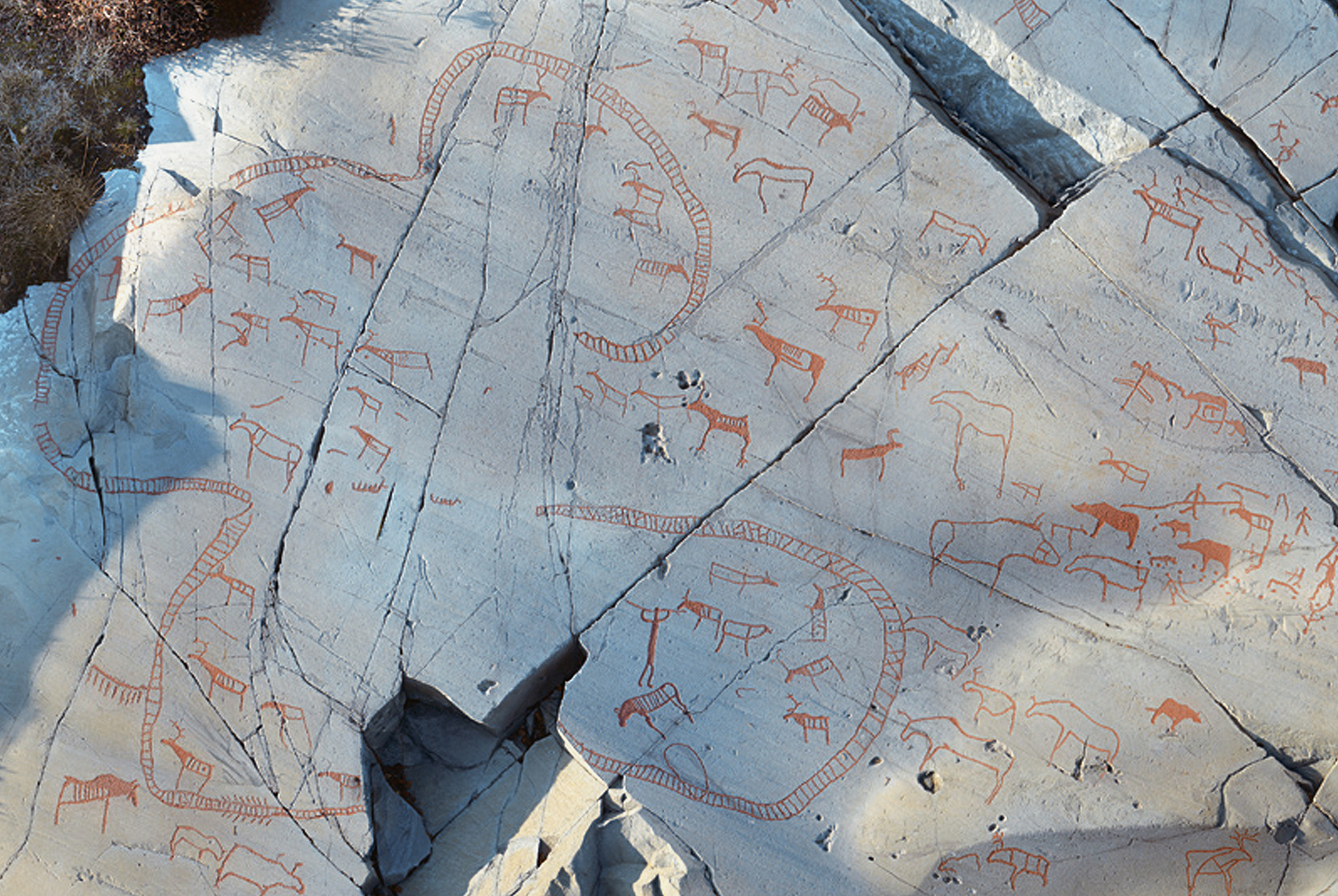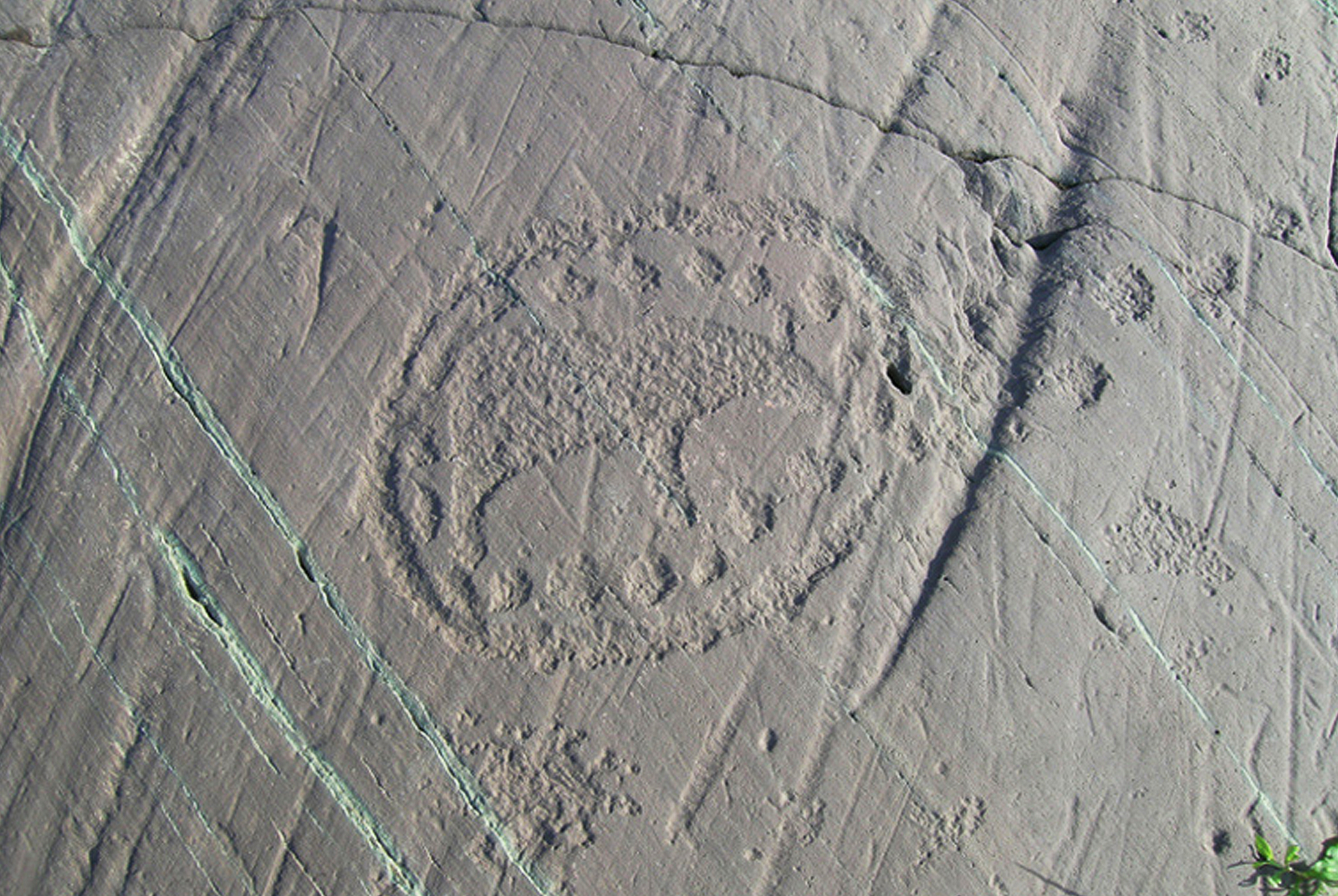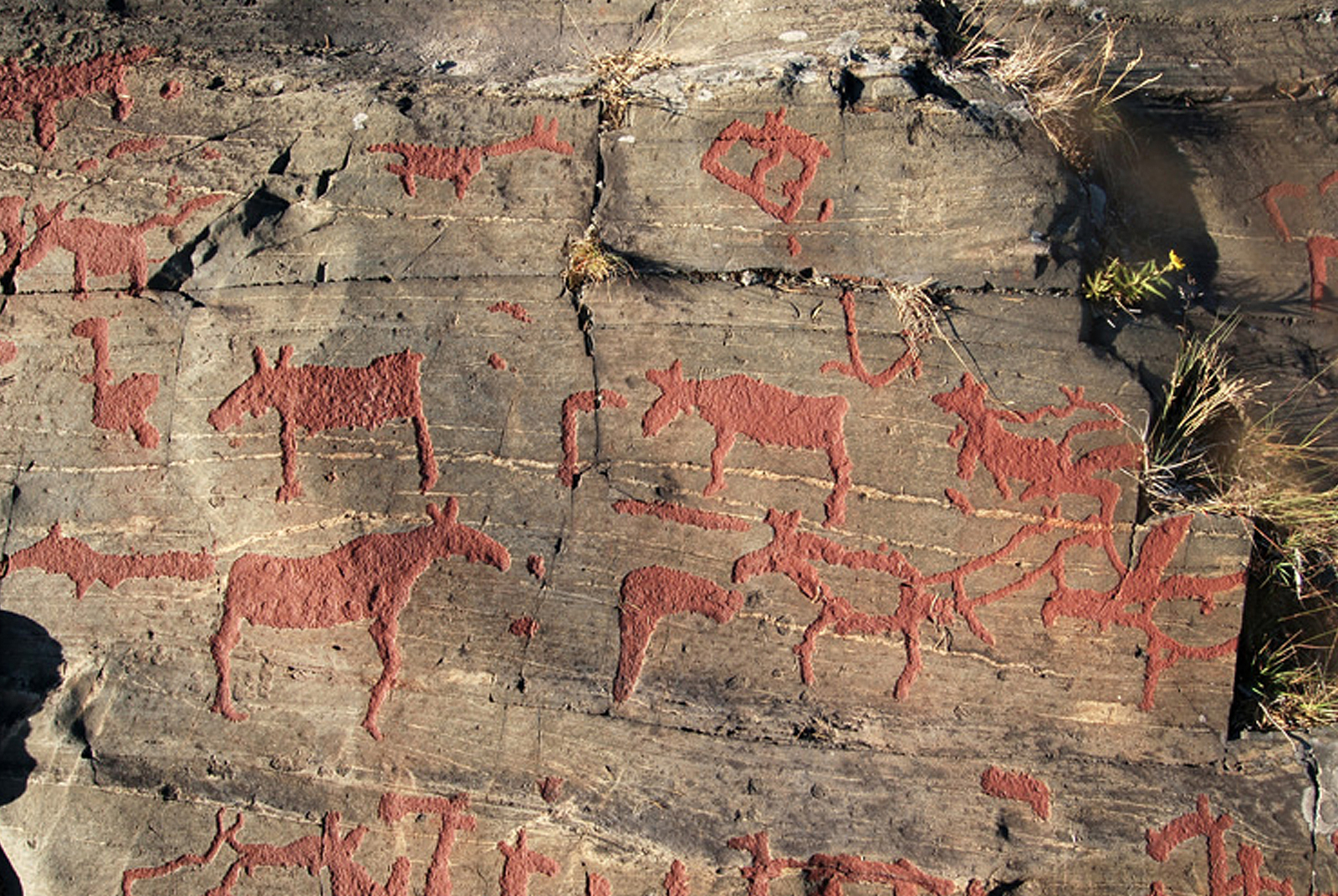



The prehistoric rock art of Alta in Norway displays some of the finest carvings in Europe, and was inscribed on UNESCO's World Heritage List in December 1985 as the only prehistoric cultural heritage monument in Norway. It consists of four areas of rock carvings (Hjemmeluft, Kafjord, Amtmannsnes and Storsteinen), and one area of rock paintings (Transfarelvdalen), consisting of just over 3,000 carvings and paintings.
Unfortunately on February 5th the Ministry of Local Government and Districts approved a new quarry on top of the mountain peak Aksla as well as the Inste Bårdvikneset quay developments. This news sparked outcry from the heritage community. The Norwegian Environmental Protection Association and the Historical Heritage Association both protested the decision. The international rock art community also expressed dismay. The President of ICOMOS the International Scientific Committee on Rock Art, declared: 'I write to call upon you to instigate an immediate review of your Ministry’s decision to allow a rock quarry and a shipping quay to be built, in the immediate vicinity of one of the most significant rock art sites in Europe: Vingen.'
The establishment of a quarry and the associated industrial activities in this region will have profound negative implications for cultural heritage in Frøysjøen, particularly affecting the rock art site Vingen - one of the most authentic rock art areas in Europe.
The highest concentration of petroglyphs in Sweden can be found at Tanum, near Tanumshede, Bohuslan. It has been declared a World Heritage Site by UNESCO. The site includes one of the largest carved rocks of the Nordic Bronze Age - the Vitlyckehal - in Scandinavia. The 'Tanum petroglyphs' represent 1000's of images on over 600 panels, concentrated in distinct areas along a 25 km stretch which was originally the coastline of a fjord during the Bronze Age.
The Finnish prehistoric rock paintings 'were forgotten for thousands of years'. The first painting was found in Kirkkonummi in 1911 by the composer Jean Sibelius, but more than fifty years passed before the next discovery; the majority of the rock art sites have been found only in the last 40 years, and new sites are still being found. About 750 individual images can be counted on the 100 or so Finnish rock painting sites known today. The motifs are bound to the life and beliefs of the Pit-Comb Ware hunter-gatherers.
The famous Norwegian anthropologist Thor Heyerdahl, whose exploits are now fully documented in the Thor Heyerdahl Institute, led the first archaeological expedition to Rapa Nui, or Easter Island, in 1955-56. Following the Kon-Tiki expedition, his publication 'Sea Routes to Polynesia' explores the theories behind his epic voyage and his discoveries and insights into the islands, peoples and customs of the Pacific from the Malay peninsular to the coast of Ecuador, from the aboriginies of the Galapagos to the statues of Rano-Raraku on Easter Island.
Scandinavian prehistory begins in roughly 11,000 BC when the Scandinavian peninsula, formerly entirely covered by thick ice, becomes free of ice at the end of the last Ice Age. At this time, a hunter-gatherer people, the Ahrensburg culture, lived and hunted near the edge of the ice.
By 7,000 BC the flourishing flora and fauna allowed the Mesolithic hunter-gatherers to fully colonise the newly available land, especially in the south, heralding the Maglemosian culture (c. 7500 BC - 6000 BC) developed, characterised by fishing and hunting tools made from wood, bone and flint microliths.
There then followed a transition from the Kongemose culture (c. 6000 BC - c. 5200 BC) with its long flintstone flakes, rhombic arrowheads, scrapers, drills, awls and toothed blades, to the Ertebolle culture (c. 5300 BC - 3950 BC) marking the end of the Mesolithic period, to the Funnelbeaker culture (c. 4000 - 2700 BC) and the Pitted Ware culture (c. 3200 BC - 2300 BC). In roughly 2800 BC, metal was introduced in Scandinavia in the Corded Ware culture.
Throughout these cultural transitions, especially latterly, we find the introduction and development of rock art, both pecked engravings and rock paintings. The Scandinavian Rock Art Archive begins with the research of this rock art in Norway, Sweden and Finland, as well as the work of one of its countrymen - Thor Heyerdahl - the famous Norwegian anthropologist.
